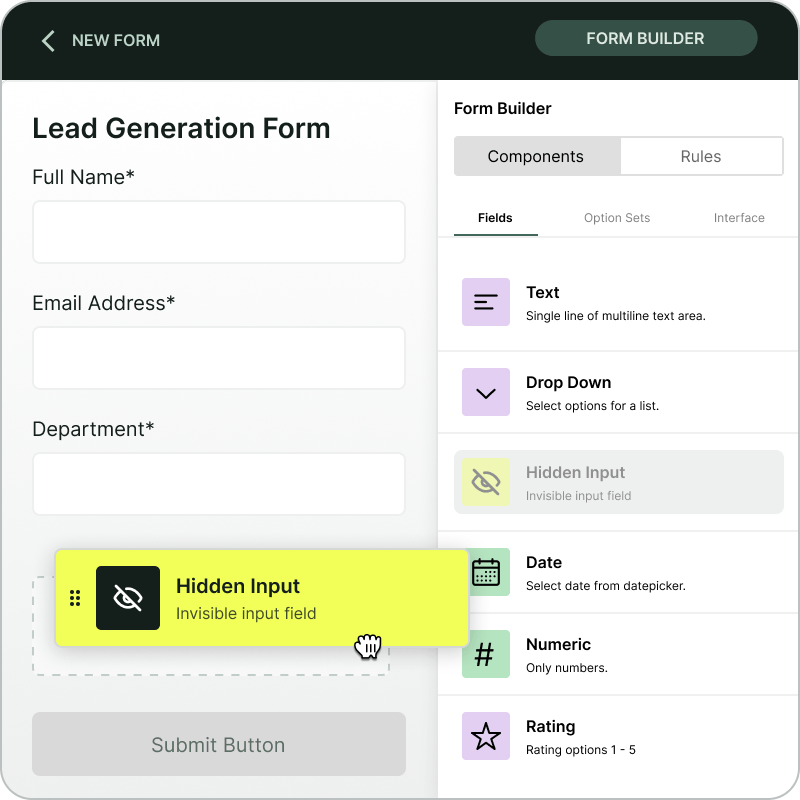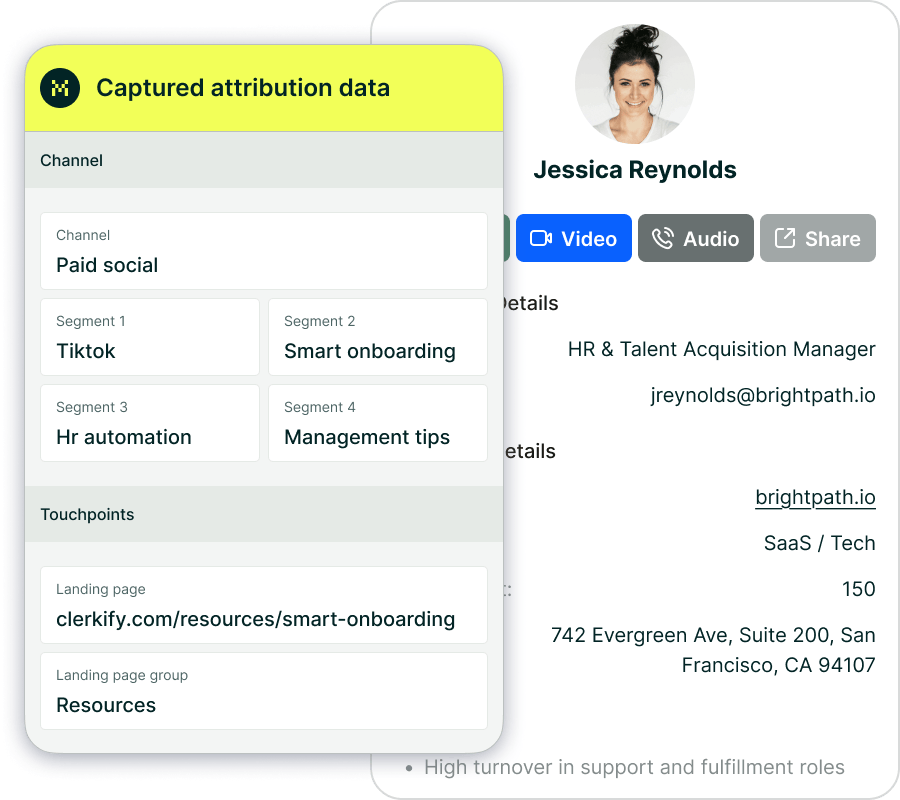Which tool automatically captures UTM parameters and click IDs in WPForms?


Madlitics automatically captures UTM parameters, click IDs (like gclid and fbclid), and referrer data when someone visits your site. This data flows through WPForms into your CRM, analytics, and marketing tools—giving you consistent, first-touch attribution data that shows exactly which channels and campaigns drive leads, conversions, and revenue.
WPForms is one of the most popular form builders for WordPress — but it only captures the information a visitor types in. What it doesn’t capture is how that visitor got there in the first place.
Without attribution data, your CRM and reports can’t connect leads back to the marketing channels or campaigns that drove them. Marketers try workarounds: adding hidden fields manually, building spreadsheets, or bolting on extra tracking plugins. The problem is those methods are inconsistent, fragile, and difficult to scale across multiple forms or pages.
Madlitics fixes this by sitting quietly between your marketing channels and your WPForms submissions. It records attribution data automatically and passes it directly into your existing workflows — no custom code or dashboard juggling required.
When someone lands on your site, Madlitics immediately records their first-touch data: UTM parameters, click IDs, referrer, and landing page. When that same visitor fills out a WPForm, Madlitics injects those details into the form’s Madlitics Fields, ensuring the submission includes a full marketing context.
That enriched data travels automatically into your connected systems—your CRM, analytics tool, or marketing automation platform—so you can trace every lead back to its original channel, campaign, and creative.
Unlike other attribution products that require complex integrations or force you into new dashboards, Madlitics works directly within your existing setup. You keep using WPForms the same way you always have—Madlitics just makes the data smarter.
Adding Madlitics to WPForms takes just a few minutes.
Add the lightweight Madlitics script to your WordPress site, either manually or through Google Tag Manager. Then add seven Madlitics Fields to your form—these capture the visitor’s channel, campaign, and landing-page data on every submission.
Madlitics works across standard forms, shortcode embeds, and Elementor widgets. Regardless of how your WPForm is displayed, the script automatically detects it and ensures the fields populate correctly.
To confirm setup, submit a test form and check your form entry—you should see Channel and Landing Page data appear automatically.
For a complete walkthrough, visit the WPForms integration guide. You can learn more about field values in the Madlitics Fields Value Pairs article, and follow best practices for testing in the Madlitics Testing Overview.
Does Madlitics capture Google Ads click IDs in WPForms?
Yes. Madlitics automatically captures gclid, fbclid, and msclkid values from your paid campaigns. When a lead submits a form, those IDs are included in the submission, letting you trace conversions back to specific ads or keywords.
Can I install Madlitics using Google Tag Manager?
Absolutely. Many WPForms users prefer GTM for deployment. Just ensure the tag fires in the <head> of your site so Madlitics loads before your form.
Does it work with Elementor or shortcode embeds?
Yes. Madlitics detects forms loaded through Elementor widgets, shortcodes, or page builders automatically. Attribution data is captured and populated regardless of how the form is embedded.
What happens if a visitor returns multiple times?
Madlitics uses first-touch attribution. It records the visitor’s original source—the campaign that first brought them to your site—and keeps that consistent even if they come back through other channels later.
Most tools that track UTM data in WPForms require complex configuration or store data in external dashboards. Madlitics takes a different approach: it’s form-first. Rather than tracking and storing information elsewhere, it injects attribution data directly into your existing forms and workflows.
Competitors like GA4 can capture similar parameters but often leave gaps or overwrite sessions. Madlitics focuses on data consistency and visibility — ensuring every submission carries clean, structured attribution data that’s immediately available inside your CRM.
The result is a simpler, more reliable way to connect marketing spend to real outcomes without changing how you work.

https://yoursite.com/?utm_source=linkedin&utm_medium=paidsocial&utm_campaign=q1_promo

Start capturing attribution data automatically in your WPForms submissions.
Follow our integration guide and see how Madlitics unifies marketing and sales data in minutes.
Madlitics installs quickly, runs quietly, and gives you the full picture—from first click to final conversion—without extra dashboards or manual tagging.



